Editor:
George Staples, Esmond Er
Flowers:
Flowers fragrant; buds obovoid-clavate, apex rounded, ca. 5 mm long, sericeous. Sepals equal, 1–2 by <1 mm, outer 3 broadly ovate, midvein raised, visible, inner 2 linear-filiform to narrowly lanceolate, all bases truncate, margins entire, apices acute or acuminate, densely golden tomentose outside, glabrous inside. Corolla campanulate-funnelform, 4.5–6(–7) by 4–6(–7) mm, membranous, white to creamy, tube broad, outside glabrous below, upper tube and interplical areas tawny sericeous, limb entire to shallowly 5-lobed, lobes mucronate, terminating in abaxial apical tuft of hairs, plicae glabrous, inside of corolla glabrous. Stamens unequal, < 2 mm long, 2 reaching corolla throat, 3 included in tube; filaments villous below, glabrous above; anthers extrorse, spirally twisted with age, light yellow; pollen 3-colpate, prolate spheroidal, 14–15 micrometer by 10–12 micrometer, surface psilate to finely granulate, pilate-multiangulate within colpi. Pistil ca. 2 mm long, included; disc annular or absent; ovary narrowly ovoid-conical, <1 mm tall, black when dry, glabrous or sparsely villous apically; style <1 mm long; stigma biglobose, lobes horizontal or slightly deflexed.
Fruits:
Fruiting calyx bladdery, clasping utricle, third sepal folded back on itself lengthwise in dried material; outer 3 sepals ovate-cordate to suborbicular, (1.2–)1.4–1.9 by (1.2–)1.5–1.7 cm, base shallowly cordate, margins adherent for lower 1/3–1/2, free distally, apex obtuse, rounded to emarginate, mucronulate, stiffly chartaceous, tan to pale brown, outside sparsely puberulent, opaque, inside glabrous, shiny; veins purplish-brown, prominulous, inner 2 sepals slightly enlarged, filiform, 2–4 mm long, membranous, puberulent. Utricle ellipsoid or narrowly obovoid, apiculate, 3.5–6 by 2.5–4 mm, chartaceous, pale tan to dark brownish, darker striate, smooth to slightly wrinkled, glabrous or sparsely apically hairy.
Habit:
Liana to several meters long, vegetative parts tawny to rufous brownish. Stem base brownish, glabrate; younger stems terete to subangular, fistulose, densely sericeous. Indumentum of 2-armed hairs, arms equal, appressed, erect, or ascending.
Inflorescences:
Inflorescence lax, 21–36 cm long, internodes long. Lower bracts petiolate, petiole 7–12 mm long, blade cordate-ovate to oblong, 2.5–5.8 by 1.7–3.8 cm, apically attenuate or acute, apiculate; upper bracts sessile, ovate or elliptic (or scale-like), (2–)8–35 by (<1–)4–23 mm; pedicels 3–6 mm long, increasing to 8 mm in fruit.
Accepted name/Authority/Place of publication:
Poranopsis sinensis (Hand.-Mazz.) Staples, Novon 3: 200. 1993.
Leaves:
Leaf petiole 1.6–4.9 cm long; blade ovate-cordate, 6.3–9.5 by 3.6–7.8 cm, base shallowly cordate, apex acuminate or rarely acute, adaxial surface slightly darker colored; venation with 3(–4) basal pairs and 1(–2) distal pairs of secondary nerves.
Pollen:
Pollen 3-colpate, prolate spheroidal, 14–15 micrometer by 10–12 micrometer, surface psilate to finely granulate, pilate-multiangulate within colpi.
Seeds:
Seed ellipsoid, ovoid, or subglobose, 3–4 by 3 mm, black, red-brown, or dark brown, smooth, glabrous; hilum basal, circular, ca 1 mm diam.

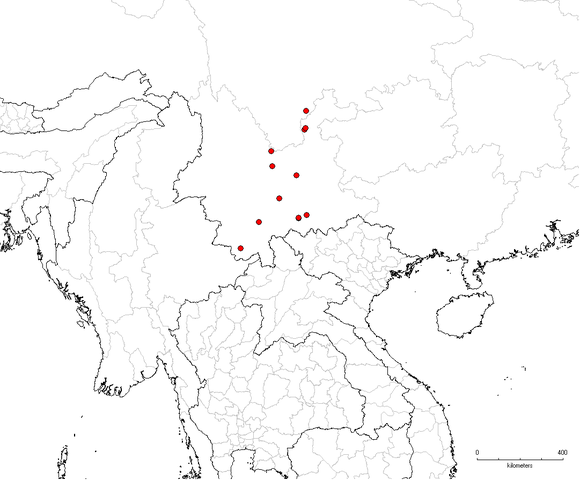

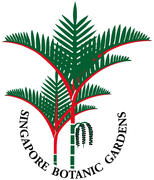
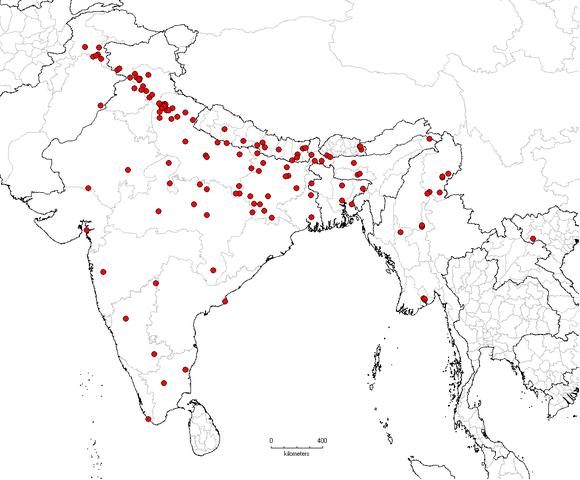
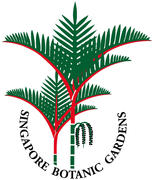
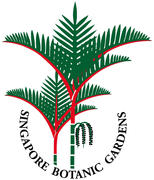
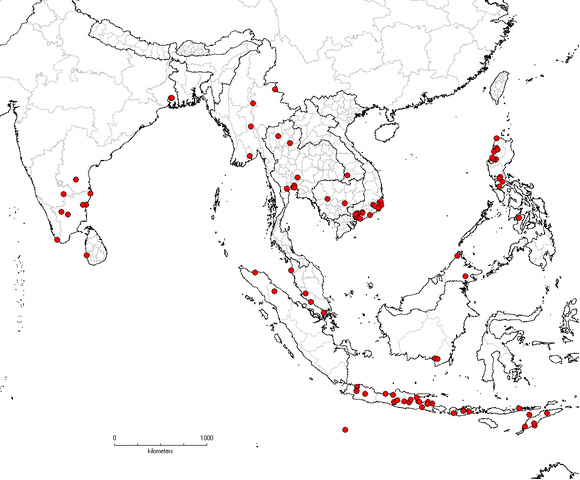

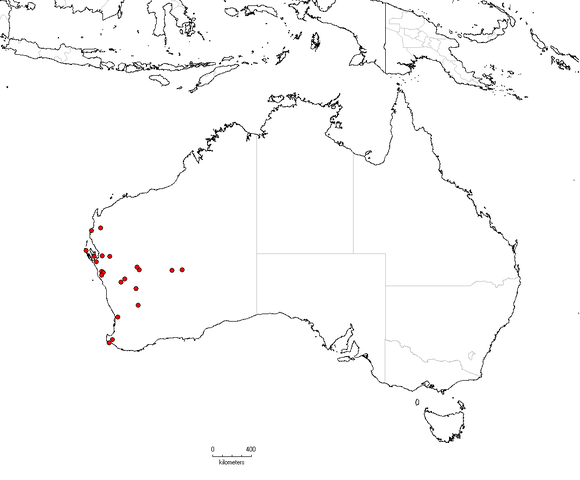
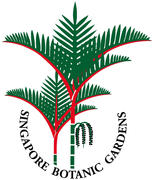


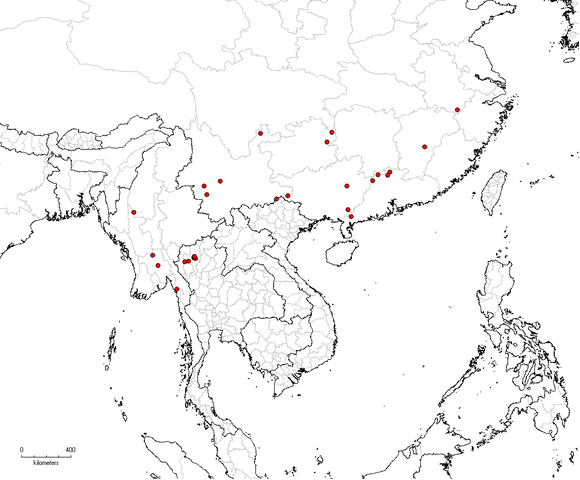

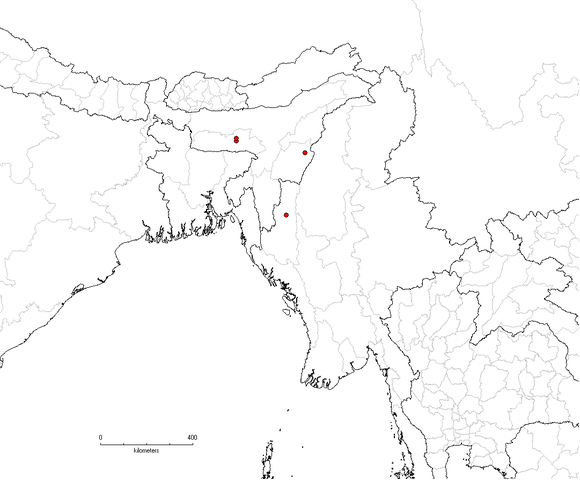
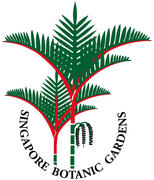
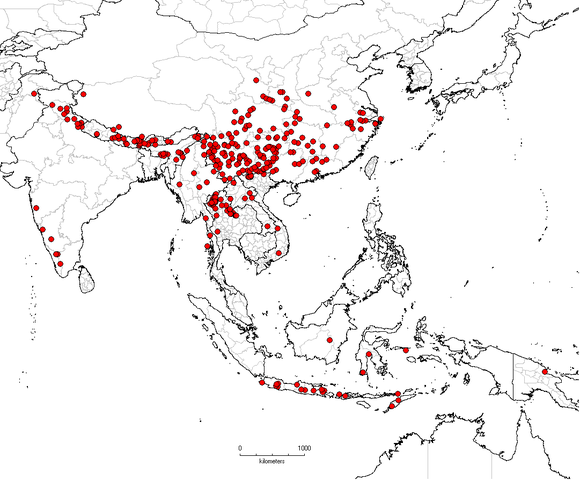


Poranopsis paniculata is widely cultivated as an ornamental throughout the tropical regions of the world. The first report of its cultivation dates from 1799, in the botanical garden of the British East India Company at Calcutta. It is now found throughout the tropical regions of the world. However the large size and expansive habit of the plant limit its popularity with horticulturalists.